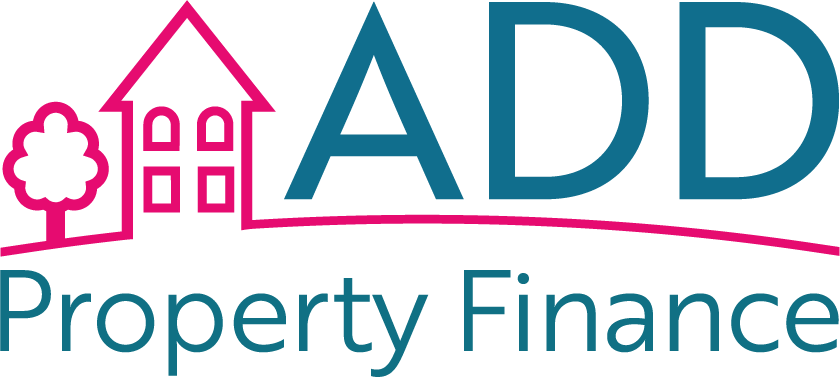Taking out a second charge mortgage can be a strategic financial move, but it’s essential to plan your exit strategy from the beginning. In this article, we’ll explore various repayment strategies for second charge mortgages, ensuring a smooth transition when the time comes.
1. Selling the Property
One common exit strategy for a second charge mortgage is to sell the property securing the loan. When you sell your property, the proceeds from the sale are used to repay the second charge mortgage, including any outstanding interest and fees. This strategy is suitable if you no longer wish to own the property or if you’re planning to move to a different one.
2. Refinancing with a First Charge Mortgage
Another option is to refinance the second charge mortgage with a first charge mortgage. This approach can be advantageous if you want to consolidate your mortgage debt into a single loan with potentially lower interest rates and more favourable terms. It’s essential to compare the costs and benefits of refinancing to ensure it’s the right choice for your financial situation.
3. Long-Term Mortgage Planning
If you intend to keep the property for an extended period, you can develop a long-term mortgage repayment plan. This plan involves making regular payments towards the second charge mortgage until it’s fully repaid. Depending on the terms of your second charge mortgage, you may have the flexibility to make additional payments or overpay to reduce the debt more quickly.
4. Property Sale and Upsizing
Some homeowners use the sale of their current property as part of an upsizing strategy. This involves selling the property, using the proceeds to repay the second charge mortgage, and then purchasing a larger or more valuable property with a new mortgage. This strategy allows you to leverage the equity you’ve built while upgrading your living situation.
5. Investment Property Sale
If the property secured by the second charge mortgage is an investment property, you may consider selling it when the market conditions are favourable. The sale can help you repay the mortgage and potentially generate additional capital for new investment opportunities.
6. Discuss Repayment Options with Your Lender
It’s essential to maintain open communication with your lender regarding your repayment strategy. Some lenders may offer flexibility in terms of repayment schedules, provided you meet their criteria. Discuss your financial situation and explore the available options with your lender to find a solution that aligns with your goals.
7. Regularly Review Your Financial Situation
Financial circumstances can change over time. It’s advisable to periodically review your financial situation and assess whether your chosen repayment strategy is still suitable. Adjustments may be necessary to ensure that your plan remains aligned with your objectives.
In conclusion, having a well-thought-out exit strategy is crucial when taking out a second charge mortgage. Whether you plan to sell the property, refinance, or pursue long-term mortgage repayment, careful consideration and regular review of your financial situation are key. By understanding your options and working closely with your lender, you can navigate your second charge mortgage effectively and secure a smooth exit when the time comes.







